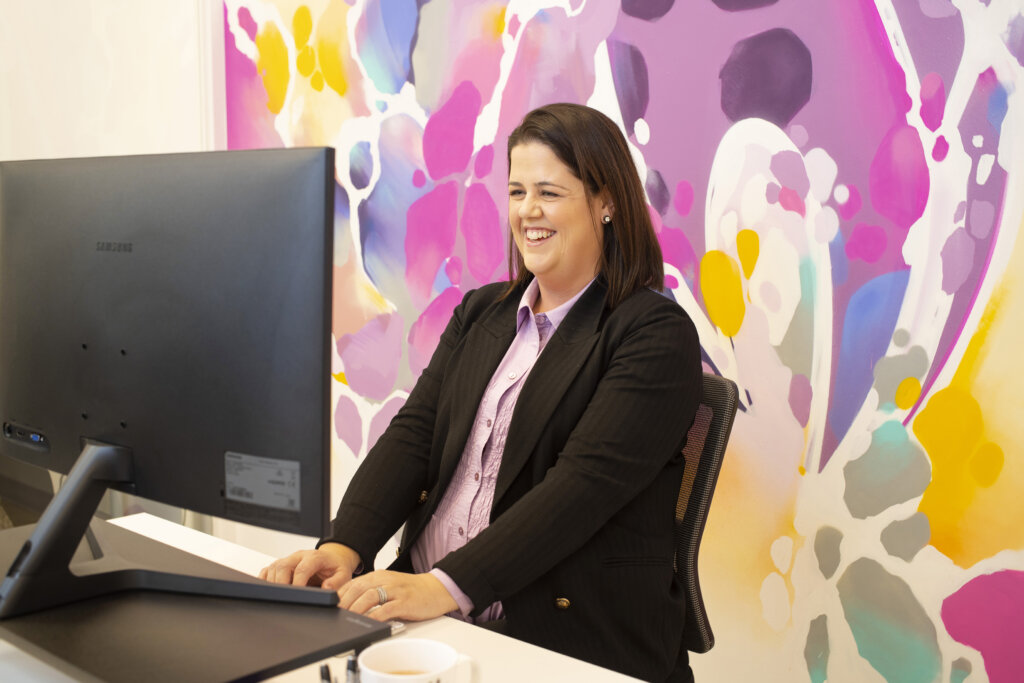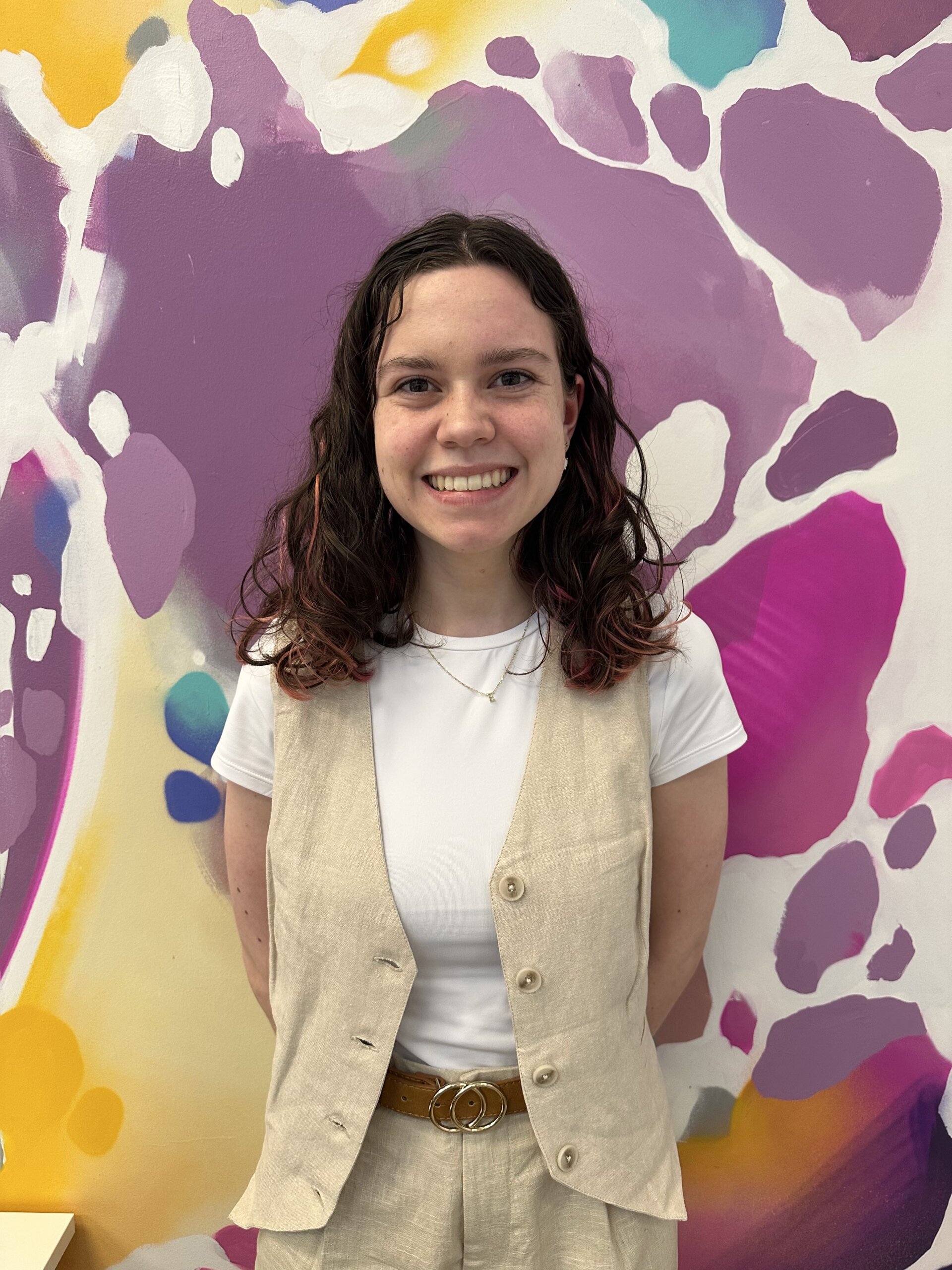Could you use some tips on how to improve your designs? Do you want to increase attraction and engagement with your audience? It’s easier than you think – if you know how! We’ve compiled the top 8 tips for winning designs that are of high-quality and professional standard – and work for your and your business.
Our tips can be helpful for those only just beginning to design right through to those who have design experience but need some advice on how to take their design skills to the next level.
1. Simple can be better
The top tip for any designer to remember is the simpler a design is, the better.
When choosing fonts and type size, using a simple and easy-to-read font is always best to get your message across to your audience without the risk of misunderstandings or distractions. Limiting the range of fonts and type sizes used within your design is also better for audiences to interpret and engage with. Using minimal text that is straight to the point attracts attention and provides audiences with the important information that they need to know.
In addition to keeping fonts simple, creating a basic, consistent colour palette also helps in simplifying and balancing your design. Maintaining a colour palette prevents your design from becoming too busy and distracting from the messaging behind it.
Remember, simple is best!
2. Keep things consistent
Along with keeping your design simple, remaining consistent throughout your design and also related designs will maintain a fluid theme to your branding and messaging. Trying to use too many different themes, colours or graphic elements within one project can end up confusing the audience and disconnect the overall design/s. Maintaining consistency can be done by sticking to the same font family, text sizes, colour palettes and graphic elements throughout a design piece and will ensure the greatest impact!
3. Don’t be afraid of white space
Using white space in a design allows audiences to really focus on what’s important and what details you, as the creator, want them to take away from the piece. Also, it is more likely to attract attention and engagement compared to a busy and full design.
‘What is ‘white space’?’, you ask? White space, or negative space, can come in the form of any blank or unmarked space around text, images or other graphic elements within a design. Think margins, gutters and space between columns, lines of copy, graphics, figures, or objects drawn or depicted. And – It doesn’t necessarily have to be white.
4. Brainstorm beforehand
It can be hard to start a new design and put the first element on the page. Writing ideas, drawing a mind map, or simply drawing things that relate to what you are designing can help build an idea of what you want your design to look like. Brainstorming before even beginning to build a new design helps the creative juices begin to flow and gives you a better starting point. Having mind maps or written notes of early ideas can also be beneficial to you later in your design process if you lose sight of what you are doing or the initial message behind your work.
5. Think outside the box
One of the best tips anyone can take away is to always try and think outside the box and be unique in your approach to reaching an audience. Having a stand-out design can build attraction and talk about what you’ve created and its message which is always a top goal in a designer’s mind. Current society thrives on the “next-big-thing” and the newest way of thinking so by coming up with unique ways to design and engage an audience, you can build new discussions and participation in your design messages.
6. Take inspiration from life around you
Having a creative block? Don’t forget to look up and take in the world around you every now and then. Take notice of global and local events and see what ideas and inspiration you can draw from that. Using current events or trends can attract a larger audience to your designs who are already engaged in those topics. Creative blocks are an unfortunate part of the designing process but taking a step back and looking at life around you may allow you to find new ideas and inspiration from which to form new design ideas.
7. Don’t be too hard on yourself
If you aren’t happy with how a design turned out that’s okay! See what you would change or do differently and keep that in mind for the next time you start a design. A part of the design process is to experiment and develop new skills, so if something doesn’t have the outcome you hoped for don’t worry, you can learn from that and keep moving forward.
8. Be intentional
Be intentional in what you put into your design. Let the text, font, images and graphic elements be purposeful in the overall design. Don’t add things just because you can, as it has the potential to disrupt the fluidity of your design and impact how the audience will see your design. Each element within a design should have a reason to be there that builds on the audience’s experience with the design.
Whilst these tips are great tools to guide you in the design process, before you even start, when you’re working with clients it is absolutely essential to understand the brief. Make sure you check in with them and get a very clear understanding of their objectives, any specific requirements they have and what they would like to see so that you can deliver a design that meets their expectations and ticks their boxes!
Of course, these are just 8 tips gathered from countless pieces of advice for creating a great design but by starting to implement these ideas into your designing process, professional and high-quality pieces can develop and prosper. Through continuously practising your skills in design and using these tips you will begin to see improvement and professionalism within your work.
And if you need assistance with design work and this really isn’t in your wheel-house, our Graphic Design team at Purple Giraffe are standing by to step in and deliver your creative requirements for you. Just get in touch with us today – we’re here to help!







